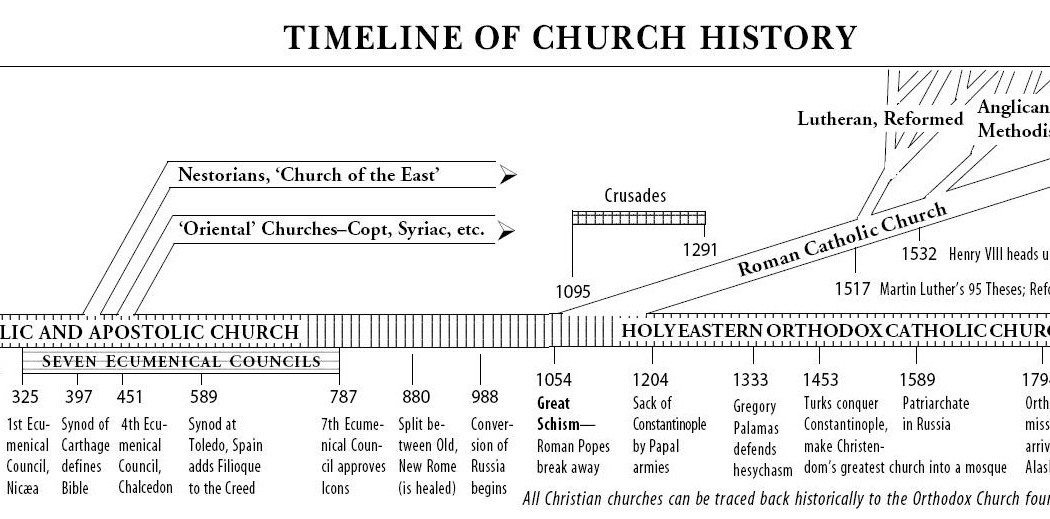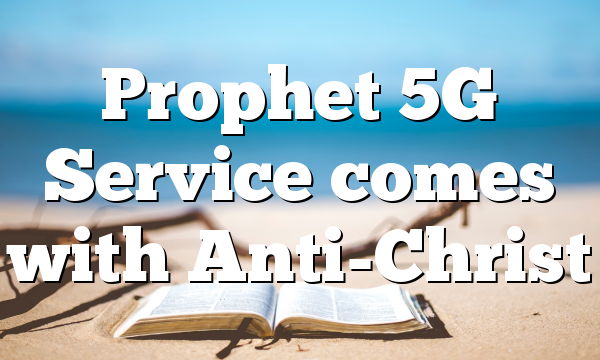Click to join the conversation with over 500,000 Pentecostal believers and scholars
Click to get our FREE MOBILE APP and stay connected
Luchen Bailey | PentecostalTheology.com



Today we pick up on the problems in the early church This early church was not without its problems.
PROBLEMS IN THE EARLY CHURCH, WITH IN”
Paul had to address them in his letters. Gnosticism, Insist, Drunkenness, Adultery, & List goes on and on.
The Gnostc Library Egypt.
1 Gnosticism, (Salvation by knowledge). Gnosticism (from gnostikos, “learned”, it cones from Ancient Greek: (??????) gn?sis, (knowledge). The Gnostic viewed themselves as “those who know.” Their heretical teachings varied from group to group and can’t be pinned down with specificity, but common Gnostic beliefs included these:
A. } Although Christ appeared to be human, his humanity was merely an illusion.
B.} Christ appeared to die, but did not really die. The Crucifixion was really a cruci – fiction.
C.} Christ was not truly God, the second person of the Trinity.
D.} People are saved by acquiring secret knowledge (gnosis), which is imparted only to the initiated.
E.} Matter is evil, so one can do anything one wants with one’s body, including killing it to release the soul from its imprisonment.
F.} The God of the Old Testament is evil, as evidenced by the fact that he created the material universe. He is not the same as the God of the New Testament, who is the God of Love, as Jesus and his apostles taught (1 John 4:8, 16). Gnostic believed that they alone truly understood Christ’s message.
While we are on Gnosticism we need to take a look at Nag Hammadi, Egypt, Nag Hammadi has become known as the Gnostic Library.
Over one hundred years ago, three Greek fragments were found in the dry sands at Nag Hammadi, Egypt, they were called the Gospel of Thomas. The Nag Hammadi Library, has a collection of thirteen ancient codices containing over fifty texts, these were discovered in upper Egypt in 1945. This immensely important discovery includes a large number of primaries “Gnostic Gospels” — texts once thought to have been entirely destroyed during the early Christian struggle to define “orthodoxy” — scriptures such as the Gospel of Thomas, the Gospel of Philip, and the Gospel of Truth. The most recent that I know is the Gospel of Judas.
We at this time will only look at two of these books.
THE BOOK OF THOMAS
The book of Thomas, written in the Coptic language. This manuscript by Thomas, an unknown writer, (some think it is by the Disciple Thomas called Doubting Thomas). Most of his writings are much like the Gospels, but without any mention of the, Crucifixion, Death of Jesus or his Resurrection. This leads us to believe that these manuscripts were written before the death of Jesus or had never been finished. It is my opinion that it could not be the Disciple Thomas because he knew that our Lord had indeed been crucified. Another reason that I personal believe it is not the Disciple Thomas, is that one of the quotations in this manuscript is,
“Jesus said” “Damn the Pharisees, for they are like a dog sleeping in the cattle manger,”



Varnel Watson
Luchen Bailey Which ones apply to us today? John Ruffle
John Ruffle
Interesting look at the heresy of Gnosticism. Of course the timeline is from totally Eastern Orthodox perspective so probably as un-biased as one produced by a typical Protestant.
Varnel Watson
Eastern Orthodox?